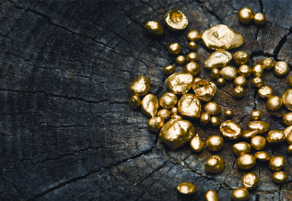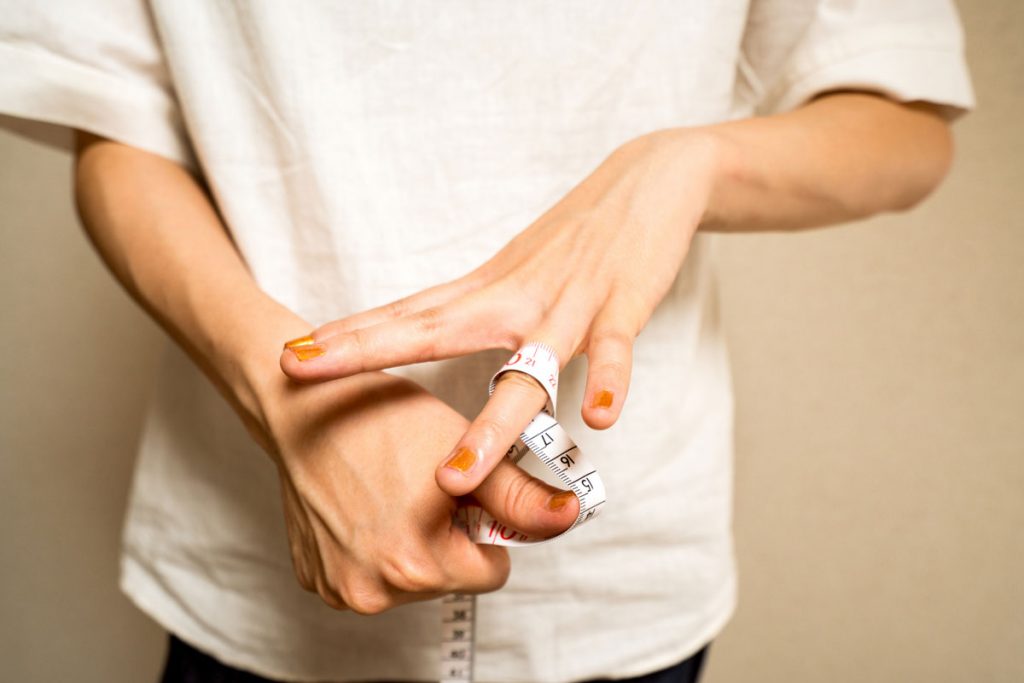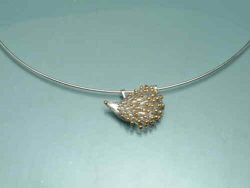Promising Prospects
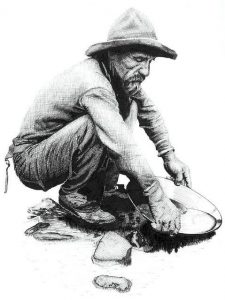 That didn’t matter. It was treasure. I recall the excitement of scratching away at the earth and uncovering something unknown. The people who study addiction say that the effect is heightened by uncertainty. It could be something precious or significant or rare; there could be something amazing just a little bit deeper. Clearly I should have become and archaeologist or maybe a gold prospector.
That didn’t matter. It was treasure. I recall the excitement of scratching away at the earth and uncovering something unknown. The people who study addiction say that the effect is heightened by uncertainty. It could be something precious or significant or rare; there could be something amazing just a little bit deeper. Clearly I should have become and archaeologist or maybe a gold prospector.
I suspect that the famous gold rush was similarly based on that addictive draw of uncertain rewards. Everyone imagined themselves digging up a gold nugget that would make them rich for life. It could be anywhere. It could be right under your feet, just a few inches down!
That’s how we think of gold mining: a dusty chap in a cowboy hat, panning beside a river or blasting away rock to reveal a glittering seam of gold snaking through the quartz.
These days it’s not going to be that chap, it’s going to be this chap:
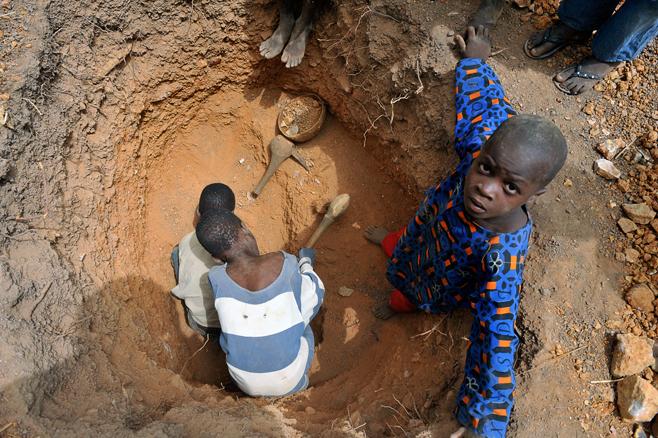
This image is linked to a page that will give you an idea of how the gold in your jewellery is likely to have been mined. It doesn’t make easy reading.
I’ve been becoming increasingly aware and increasingly concerned about what happens upstream of my own involvement in the chain of supply.
I don’t want to be handling materials the production of which have caused poverty, disease and death to some of the most exploited people on the planet. I imagine that you’re not keen to be wearing jewellery that is tainted in this way either.
The problem is that gold is very hard to trace. A great deal of it is mined by artisanal miners like the kids pictured here. These miners will sell to overseers, (generally for a pittance) and their gold will be mixed and melted with metal from many other sources before it hits the open market. It’s impossible, then, to verify the provenance of the gold that ends up on your finger.
From mine to finger
The only solution is to have a clear and transparent supply chain so that the gold can be traced from the mine that produced it to the jeweller who makes the final piece. This, inevitably, means that the final product is more expensive but growing a conscience is never going to present you with the cheapest option.
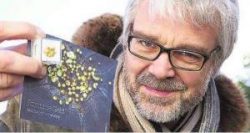 Greg Valerio is a campaigner who, for many years devoted himself to finding a way to get fair trade gold to market. His story is fascinating and you can find out more about him on his web site or you can read his book ‘Making Trouble‘
Greg Valerio is a campaigner who, for many years devoted himself to finding a way to get fair trade gold to market. His story is fascinating and you can find out more about him on his web site or you can read his book ‘Making Trouble‘
Largely though his efforts Fairtrade Gold is now a thing and an increasing number of jewellers are registering to be able to use these materials. This means that, for the first time, you can genuinely purchase a ring that you know has been produced ethically from the moment that the gold came out of the ground to the moment you put it on your finger.
The dilemma
For those of us who have registered to be able to access these materials there is, however, a problem. Currently, the range of gold and silver that we can buy is very limited. Much of what we normally use, in terms of gold and silver, is already processed into sheet, wire or tube. This is an industrial process and it’s just not practical or economic to process raw gold into these forms ourselves.
The problem, then, with offering a Fair Trade product is that it implies, rightly, that everything else we offer isn’t. Effectively, we’re shining a spotlight on the shameful secrets of our profession and potentially deterring sales rather than enhancing them.
Something is better than nothing.
 This is a huge problem and it won’t be solved by a few of us offering a few Fair Trade products. What’s needed is global awareness that will force the mining companies and the gold trade magnates to change their practices. For me, then, it’s about doing a little to raise that awareness and about continuing to seek out fair trade sources for my materials.
This is a huge problem and it won’t be solved by a few of us offering a few Fair Trade products. What’s needed is global awareness that will force the mining companies and the gold trade magnates to change their practices. For me, then, it’s about doing a little to raise that awareness and about continuing to seek out fair trade sources for my materials.
I’m currently registered to be able to use and sell Fair Trade gold. I can therefore offer a range of Fair Trade wedding rings that bear the Fair Trade stamp and I can buy and use up to 500 grams of Fair Trade gold every year to use in my other products.
I can also shout to draw attention to the issues, and I’m looking for ways to effectively campaign so that the people in power have to make the changes that the people in holes in the ground so desperately need.
For you
If you are interested in Fair Trade jewellery then let’s have a chat. I can certainly help you with Fairtrade wedding rings and although there are limitations in regards to other products, I will make every effort to supply you with jewellery that won’t keep you awake at night. If I can’t make what you want then I can help you to find a supplier who can.
The other thing to consider is recycling materials that are already out there. I do more and more of this. I get little bags of jewellery that have been gathering dust in draws for years and I melt them all down to produce something contemporary for the client. This way, Great Aunt Maud’s gaudy garnet ring can be incorporated into something precious for you rather than just being something that you can never dispose of but wouldn’t be seen dead wearing.
If you would like to discuss any of these possibilities then please contact me and we’ll start there.
